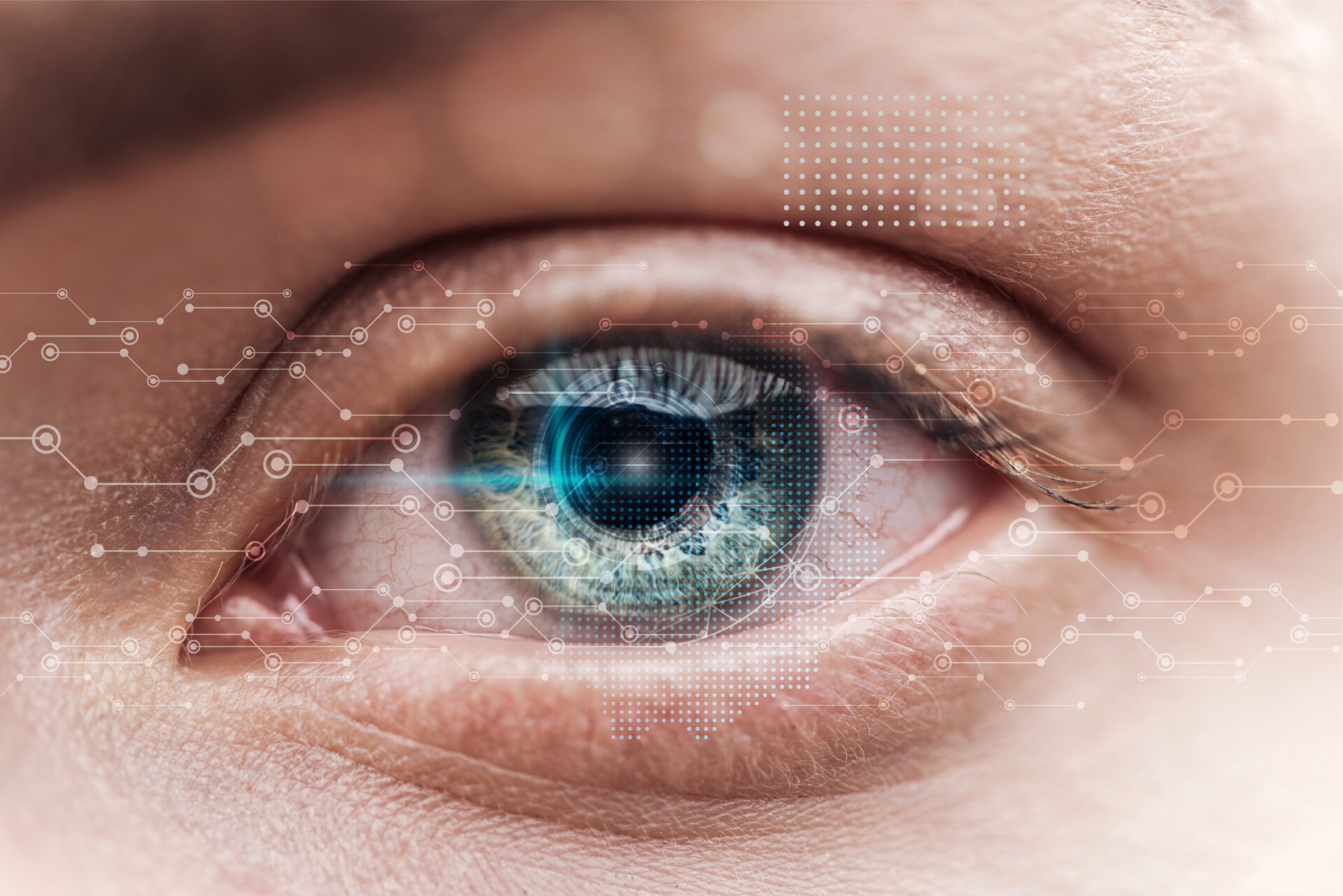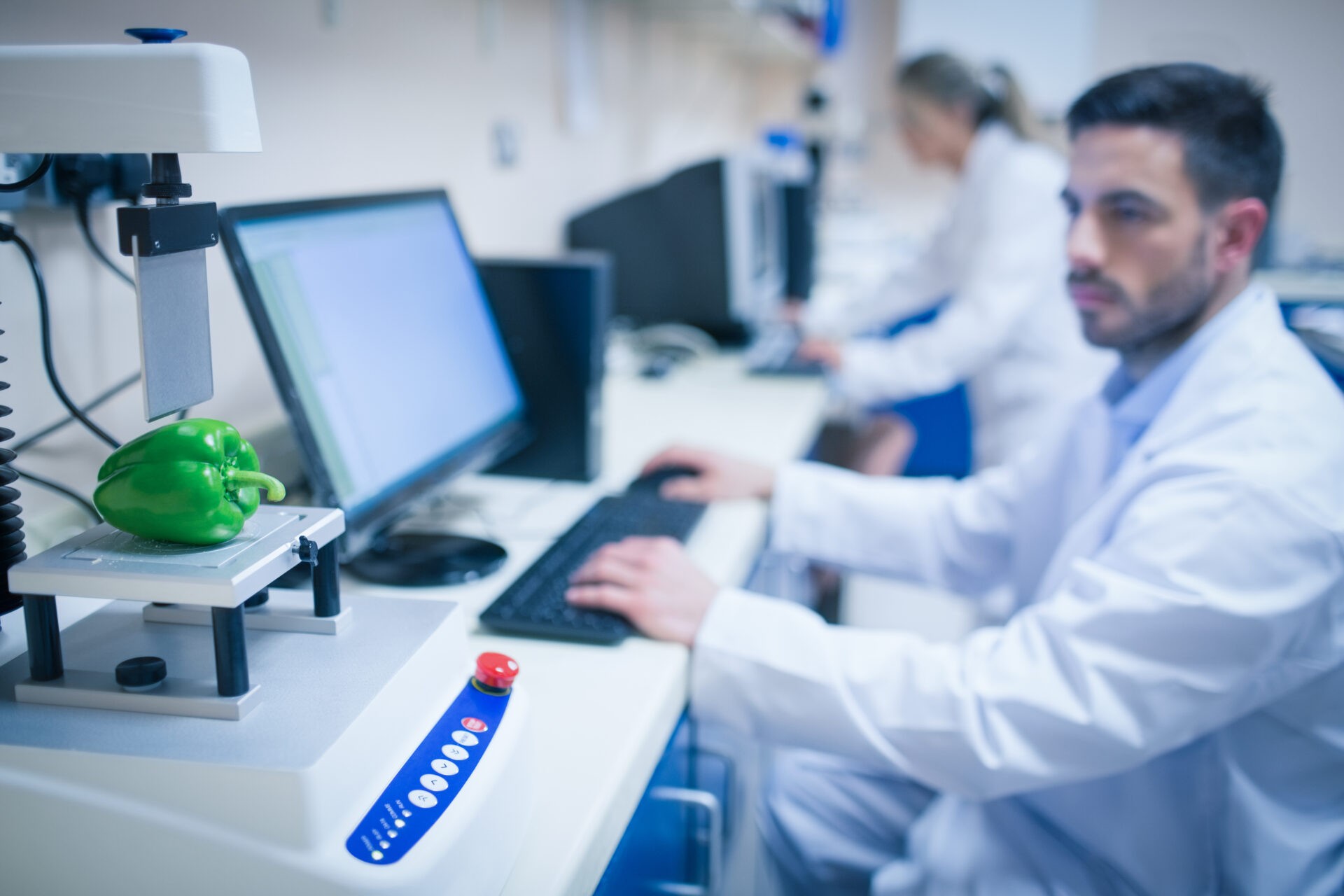The future of Computer Vision is set to be defined by groundbreaking technologies and a wide range of real-world applications. This article explores the technological advancements we can expect and how these innovations will be applied across sectors such as healthcare, industry, and smart cities.
Technological Developments in Computer Vision in 2025
The year 2025 promises a host of new technologies and approaches that will further revolutionize Computer Vision. These advancements will enhance the performance and efficiency of vision systems while unlocking new possibilities for implementation.
From advanced AI models and algorithms to cutting-edge hardware, edge computing, and 5G integration, the future of Computer Vision holds exciting innovations.
Enhanced AI Models and Algorithms
A key driver of progress in Computer Vision is the improvement of AI models and algorithms. These innovations enable machines to analyze images and videos with unparalleled precision and speed. One particularly promising area is the fusion of quantum computing with Computer Vision, which is expected to increase processing speeds for complex image analyses by up to 100 times, opening entirely new avenues for application.
In medical imaging, AI algorithms are already identifying minor anomalies in scans with greater accuracy than human experts. This results in more precise diagnoses and reduced effort for disease detection.
Similarly, advancements in satellite image analysis powered by AI are aiding large-scale monitoring efforts, such as deforestation and urbanization.
AI-powered microscopy is another breakthrough, enabling automatic identification and categorization of cellular structures and anomalies.
These predictive modeling advances in AI also allow for more accurate long-term forecasts in climate research, contributing to addressing global challenges.
Advanced Hardware
The rapid advancements in Computer Vision would not be possible without the development of sophisticated hardware. In 2025, AI systems are expected to leverage new hardware designs that improve human-computer interactions. Novel AI devices, diverging from traditional smartphone designs, will rely heavily on natural language interaction, creating new opportunities for Computer Vision applications.
For instance, GPU performance has increased approximately 7,000-fold since 2003, a testament to the leaps in hardware innovation.
Edge Computing and 5G Integration
Another critical trend in Computer Vision is the integration of edge computing and 5G technology. Edge computing enables near real-time processing of visual data, significantly enhancing the responsiveness of vision systems. This is especially vital for applications requiring rapid data processing, such as autonomous vehicles and industrial production lines.
The adoption of 5G supports faster data transfer rates and lower latency, dramatically improving efficiency in industrial image processing. Additionally, edge computing facilitates local data processing, reducing reliance on extensive cloud resources, which not only lowers costs but also enhances data security and privacy.
Improved Data Availability and Quality
Data availability and quality are crucial for the success of AI models in industrial image processing. In 2025, ensuring high-quality and consistent data will remain a priority. Companies must invest in effective data management strategies to secure reliable data availability and quality.
Flexible and scalable system designs will be necessary to meet the specific requirements of AI applications. Automating data collection and processing can boost efficiency while minimizing human error.
Moreover, data must be accessible, interoperable, and privacy-compliant to ensure sustainable usage.
Emerging Technologies and Innovations
Technology is constantly evolving, and new specialized tools are enabling more accurate and robust image recognition and processing. These innovations optimize image data processing while introducing new use cases across industries.
From deep learning to 3D vision software and multimodal AI systems, the future of Computer Vision is rich with possibilities.
Key Industries and Application Areas
Advances in Computer Vision are unlocking numerous use cases across various industries:
- Industrial Manufacturing
- Healthcare
- Retail
- Smart Cities
These technologies not only optimize processes and enhance efficiency but also pave the way for innovations and automation.
Autonomous Driving and Mobility
Computer Vision is integral to autonomous driving and mobility. Modern camera systems equipped with high-resolution sensors significantly improve image quality, enabling more precise object detection and analysis.
These advancements contribute to the navigation and safety of autonomous vehicles by accurately identifying and avoiding obstacles.

Industrial Manufacturing and Quality Control
Machine vision is a cornerstone of Industry 4.0 technologies, driving intelligent manufacturing. AI-powered image processing allows for faster and more accurate inspections, increasing production efficiency. This reduces inspection costs, identifies more defects, and improves product quality while lowering operational costs.
Healthcare and Medical Imaging
In healthcare, Computer Vision plays a vital role in improving diagnosis and treatment. AI algorithms enhance tumor detection and streamline pre-surgical preparations through precise image analysis.
These technologies remain essential for advancing medical imaging and supporting diagnostic efforts. Automatic identification and categorization of cellular structures and anomalies are just a few of the numerous applications of Computer Vision in healthcare.
Retail and Consumer Goods
Computer Vision enhances the customer experience in retail by tracking movement patterns and optimizing checkout processes. Generative AI enables personalized shopping experiences through customer data analysis and tailored content recommendations. AI-powered chatbots further enhance customer service interactions.
Retailers use AI to automate the accuracy of product data and improve data hygiene, facilitating targeted marketing campaigns customized to consumer preferences.
Smart Cities and Public Safety
Smart cities increasingly utilize Computer Vision to enhance public safety through surveillance and real-time analytics. Wireless technologies and IoT devices gather data to improve urban efficiency and safety.
By analyzing traffic flows, Computer Vision optimizes urban transportation and enhances safety. Combining Computer Vision with other technologies enables more comprehensive and effective monitoring of public spaces.
Challenges and Solutions
Implementing Computer Vision involves addressing numerous technical and ethical challenges. Key areas of concern include:
- Privacy and Data Protection
- Computing Power and Energy Efficiency
- Reliability
- Ethical Considerations
Each of these challenges demands targeted solutions for effective and responsible technology use.
Conclusion
The future of Computer Vision is marked by exciting technological advancements and innovations. Improved AI models and algorithms, advanced hardware, and the integration of edge computing and 5G will further boost the performance and efficiency of Computer Vision systems.
These developments open new opportunities for applications across various industries while contributing to solving global challenges. The coming years will undoubtedly witness transformative changes driven by these technologies.
Frequently Asked Questions
- What are the key technological developments in Computer Vision for 2025?
Improved AI models and algorithms, advanced hardware, edge computing, 5G integration, and enhanced data availability and quality are among the key developments.
- How does edge computing influence Computer Vision?
Edge computing significantly improves system responsiveness by enabling near real-time data processing, reducing the need for extensive cloud resources.
- What role does Computer Vision play in healthcare?
Computer Vision enhances diagnostic accuracy and efficiency, particularly in medical imaging and tumor detection, while supporting surgical preparation through precise data analysis.
- What challenges does Computer Vision face?
Key challenges include privacy, computational power, reliability, and ethical considerations, requiring careful strategies for resolution.
- How can the reliability of Computer Vision systems be improved?
Reliability can be enhanced through advanced error correction algorithms, diverse training datasets, and balanced development of robust and dependable systems.






